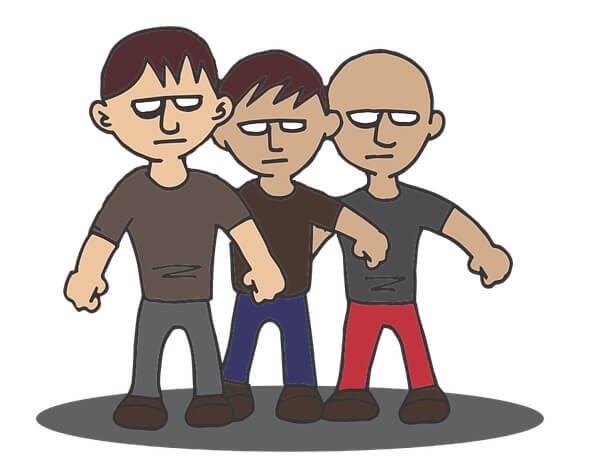When Leaders Bring Previous Tight Cultures to Their New Groups
This is one of our free-to-access content pieces. To gain access to all Ideas for Leaders content please Log In Here or if you are not already a Subscriber then Subscribe Here.

Leaders influence the culture of their groups but not always in expected ways. In some cases, the leader’s personal traits largely define the culture of a group they lead. However, research also reveals that leaders may simply transfer past cultural experiences to their new groups—especially if the past experience involved a tight culture.
The importance of a group’s culture cannot be overstated: generally, the group’s culture defines how members of a group are expected to think, feel, and behave. Because culture is typically entrenched and long-lasting, one may sometimes forget the origin, or antecedent, of the culture. From where did the culture of a particular group emerge?
Management theorists offer two perspectives on the antecedents of group cultures. The “leadership trait” perspective states that group cultures can be based on the personal traits and values of the group’s leader. The “functionality” perspective states that group cultures emerge from a group’s response to internal and external pressures. When the environment in which a group operates changes significantly, the group will seek out solutions to adapt to the changing circumstances. Over time, the solutions will be incorporated into how the group “does things”—that is, the solutions will redraw the group’s culture.
Two researchers present a third perspective on the antecedents of group culture. This third perspective incorporates elements of both the functionality perspective and the leadership trait perspective. The researchers acknowledge that, as argued by the leadership trait perspective, a leader of a group has an outsized influence on the group’s culture. That said, leaders will not necessarily rely solely on their personality traits to define that culture. They will, as the functionality perspective states, look to create a group culture that helps the group succeed—although rather than building a culture from scratch based on current pressures and contingencies, the leader will look to past experiences for a functional group culture. Specifically, according to the researchers, they will transfer the culture from their previous group to the new group. This transfer is especially apparent when the previous group featured a “tight” culture—a culture that values conformity and rigid rules and norms and disapproves of deviations from those rules or norms.
The researchers used two empirical studies (one in the field, the other in a lab) to test their theory of previous leadership experience as an antecedent of group culture. The first study collected data from a start-up company setting up new sales groups, with the leaders of each group coming from outside the company. This situation was ideal for this research: the groups were new (therefore there was no culture already in place), and the leaders were new as well, meaning any cultural experience was from their former group. The data for this study was collected through three waves of surveys to group leaders and group members.
The second study was a laboratory experiment in which 500 participants were divided into groups of three, with conditions manipulated to test variables in the theory (e.g., tightness of the group’s culture, leaders’ past experience with tight cultures, follower’s past experience with tight cultures, level of deviance from norms, etc.).
The results of the field study and laboratory experiment showed that:
This research offers insights for senior leaders or board members hiring or assigning leaders to groups of all sizes. Personality traits might overshadow the role that previous experience plays in how a new leader will influence the culture of a group. The research also highlights the positive and negative characteristics of tight cultures, which tend to be more stable, but which also stifle constructive deviance (e.g., voicing concerns about behaviour). These insights can help decision makers choose the right leaders for their groups and offer some explanation for a group’s changing culture—especially if it is becoming tighter. The leaders themselves may need to acknowledge the impact that past experience is having on their culture-related decisions in the new group.
Yeun Joon Kim’s profile at Cambridge Judge Business School
https://www.jbs.cam.ac.uk/faculty-research/faculty-a-z/yeun-joon-kim/
Soo Min Toh’s profile at Rotman School of Management
https://www.rotman.utoronto.ca/FacultyAndResearch/Faculty/FacultyBios/Toh
Stuck in the Past? The Influence of a Leader’s Past Cultural Experience on Group Culture and Positive and Negative Group Deviance. Yeun Joon Kim, Soo Min Toh. Academy of Management Journal (June 2019).

Ideas for Leaders is a free-to-access site. If you enjoy our content and find it valuable, please consider subscribing to our Developing Leaders Quarterly publication, this presents academic, business and consultant perspectives on leadership issues in a beautifully produced, small volume delivered to your desk four times a year.

For the less than the price of a coffee a week you can read over 650 summaries of research that cost universities over $1 billion to produce.
Use our Ideas to:
Speak to us on how else you can leverage this content to benefit your organization. info@ideasforleaders.com